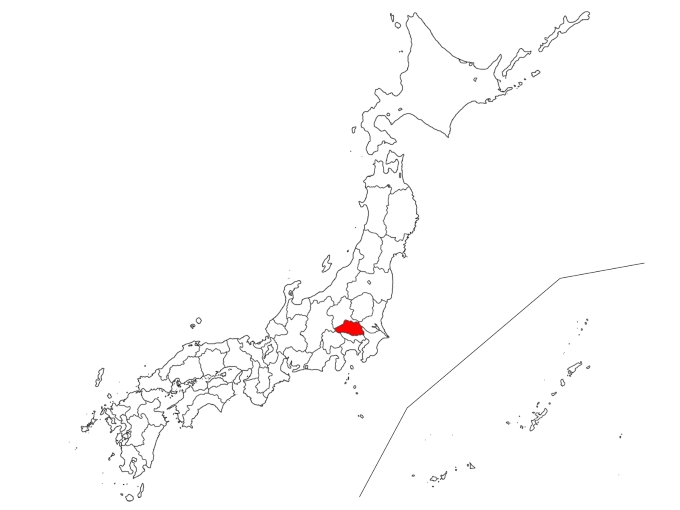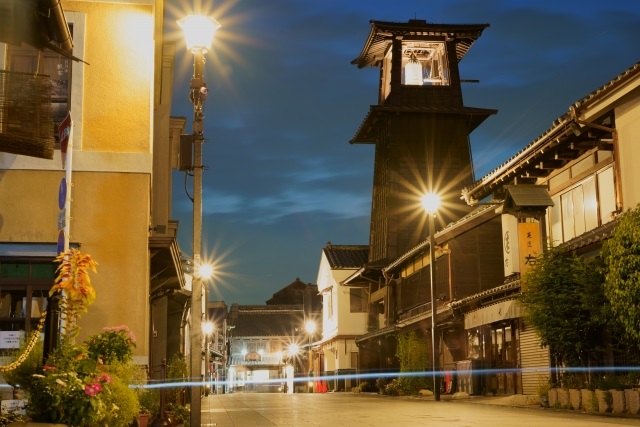Contents
1.Basic Information
The Hikawa Shrine, Mitsumine Shrine, and Chichibu Shrine in Saitama Prefecture have long been venerated by many. In addition, there are historical sites and areas rich in nature, like Kawagoe with its Edo period atmosphere and the grand nature of Nagatoro.
Musashi ichinomiya Hikawajinjya
Located in Omiya City, the Musashiichinomiya Hikawajinjya, also known as the Omiya Hikawa Shrine, is the most important among about 280 Hikawa shrines in Tokyo and Saitama Prefecture. This shrine has a history of over 2000 years and attracts many visitors for the New Year’s visit. In May, the traditional Noh performance “Omiya Takiginoh” is held. The shrine grounds are vast, covering about 30,000 tsubo, with long approach paths and old pine and cedar trees. Additionally, there’s a 13-meter tall wooden torii gate, transferred from Meiji Shrine.
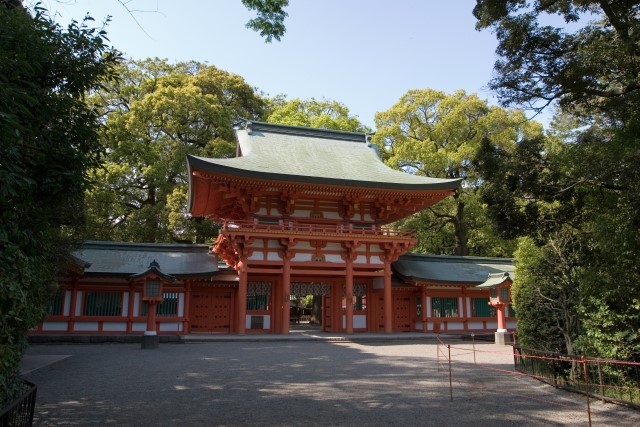
Mitsumine Shrine (Mitumine Jinjya)
At the entrance to the Mitsumine Shrine, there’s a unique “Mitutorii” – a torii gate combined from three torii. Located at an altitude of 1100 meters, the shrine is often shrouded in mist, creating a mystical atmosphere. Founded about 1900 years ago by Yamato Takeru, this historical shrine is known for its unique wolf statues. It’s also a popular power spot, and items made from the sacred trees within the shrine grounds are in demand.
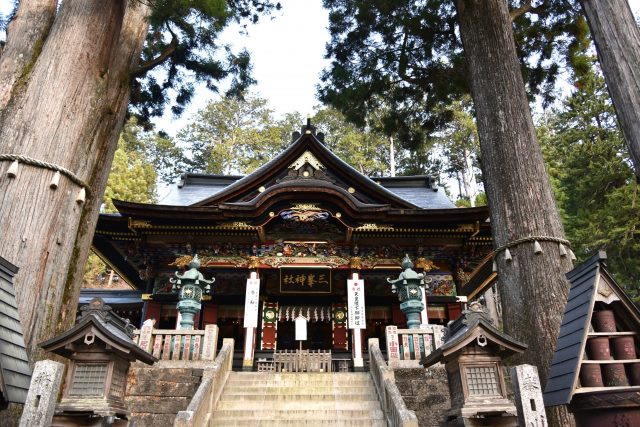
Chichibu Shrine (Chichibu Jinjya)
Chichibu Shrine, with a history of about 2100 years, is visited by many for various wishes like family safety, business prosperity, traffic safety, and success in exams. The current shrine building, built in 1592 by Tokugawa Ieyasu, features Edo period architectural styles. Every year from December 1st to 6th, the Chichibu Night Festival is held, famous as one of the historic festivals along with Kyoto’s Gion Festival and Hida Takayama Festival.
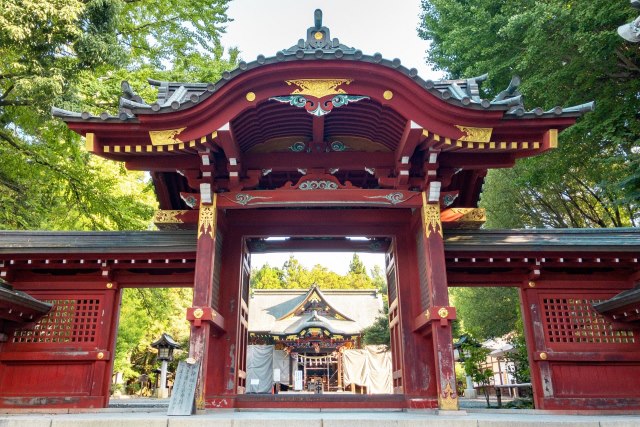
Kawagoe
Kawagoe flourished as a commercial city during the Edo period, and its streets still retain the atmosphere of that time. The “Bell of Time” clock tower and the Honmaru Goten of Kawagoe Castle are popular tourist spots. In Kashiya Yokocho, visitors can enjoy sweets made from Kawagoe’s famous sweet potatoes. The Kawagoe Hikawa Shrine, known for blessings of marital harmony and matchmaking, hosts the “Enmusubi Wind Chime” event from July to September, displaying colorful Edo wind chimes.
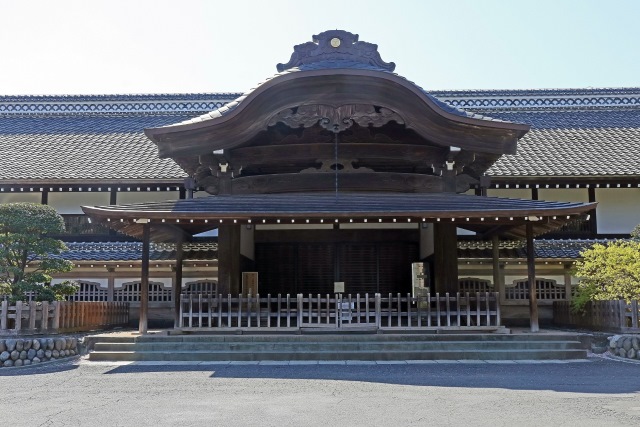
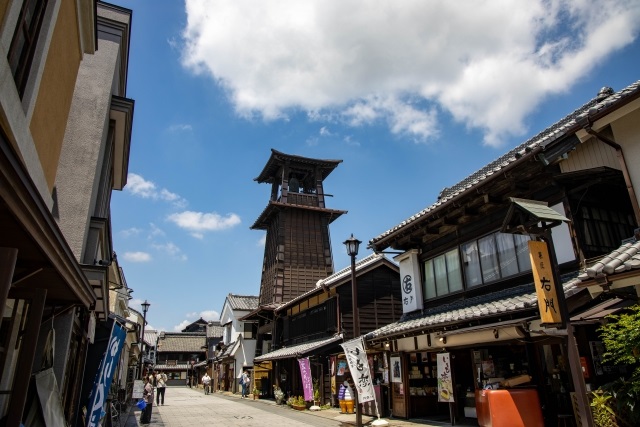
Oshijyo (Oshijyo Ruins)
Oshijyo, built in the Muromachi period (1469-1486), is known as the “Floating Castle” for withstanding a water siege by Toyotomi Hideyoshi’s army led by Ishida Mitsunari at the end of the Warring States period. The current Oshijyo was reconstructed after being demolished during the Meiji Restoration. From its tower, one can enjoy panoramic views of the city.
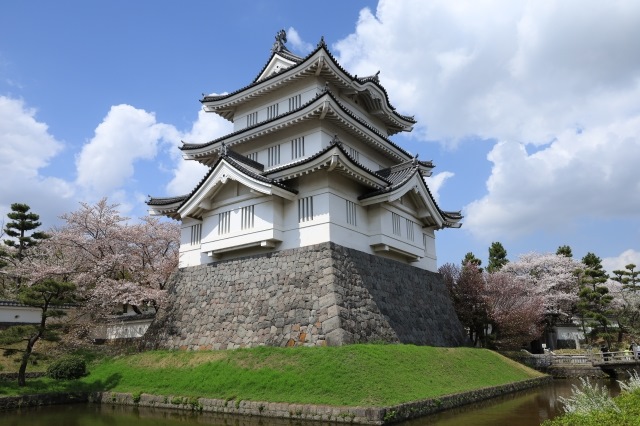
2.Reviews
Hitsujiyama Park (Hitujiyama kouen)
In Chichibu City’s Hitsujiyama Park, around 1000 Somei Yoshino cherry trees bloom in early April. From mid-April to early May, the park is adorned with over 400,000 shibazakura (moss phlox) plants of nine varieties, creating a colorful carpet of flowers. The park also features a “Petting Farm” where charming sheep graze.
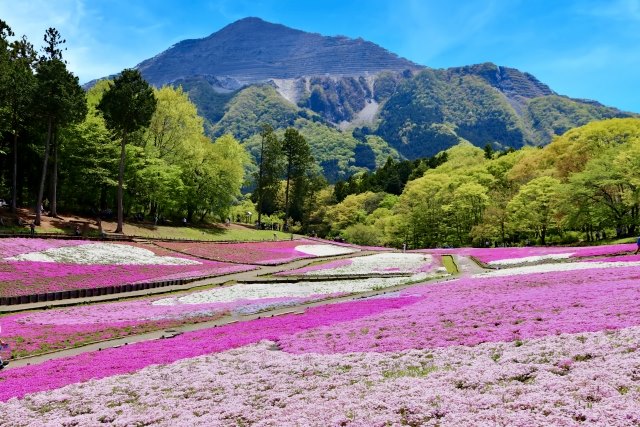
Nagatoro
Nagatoro Valley is characterized by its beautiful natural landscape, with uplifted rocks forming a rock bed. The rock bed extends about 50 meters wide and 600 meters long, surrounded by hiking trails suitable for spring and summer greenery and vibrant autumn foliage. The “Nagatoro Line Down” boat activity offers a deep experience of Nagatoro Valley’s nature, with scenic views guided by boatmen. The clear waters of the Arakawa River and the several tens of meters high Chichibu Red Cliffs are also highlights of this area.
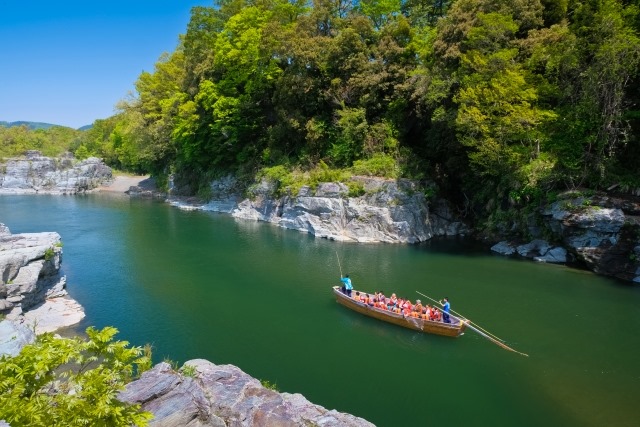
3.Local Food



4.Transportation Information
Chichibu Railway
The SL Paleo Express, operated by Chichibu Railway, is a steam locomotive. This train departs from Kumagaya Station and runs for about 2 hours and 30 minutes to the final stop of Mitsumineguchi Station on the Chichibu Line, passing through the scenic Nagatoro Valley. It operates from mid-March to early December, with a winter break.
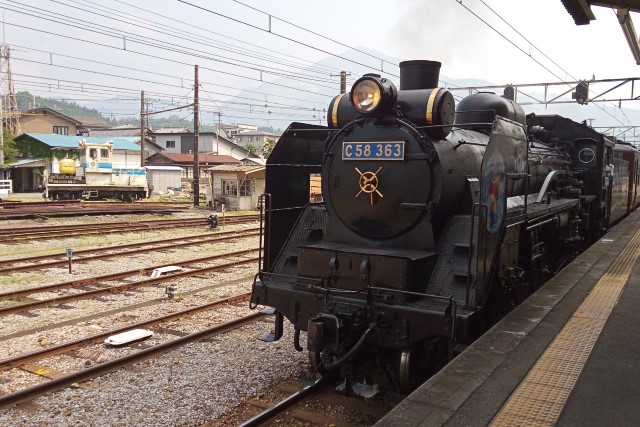
■ How to Get to Saitama
Saitama Prefecture Products and Tourism Association Official Website (English, Korean, Simplified Chinese, Traditional Chinese, Thai Support)
https://chocotabi-saitama.jp/
5.Map Information
